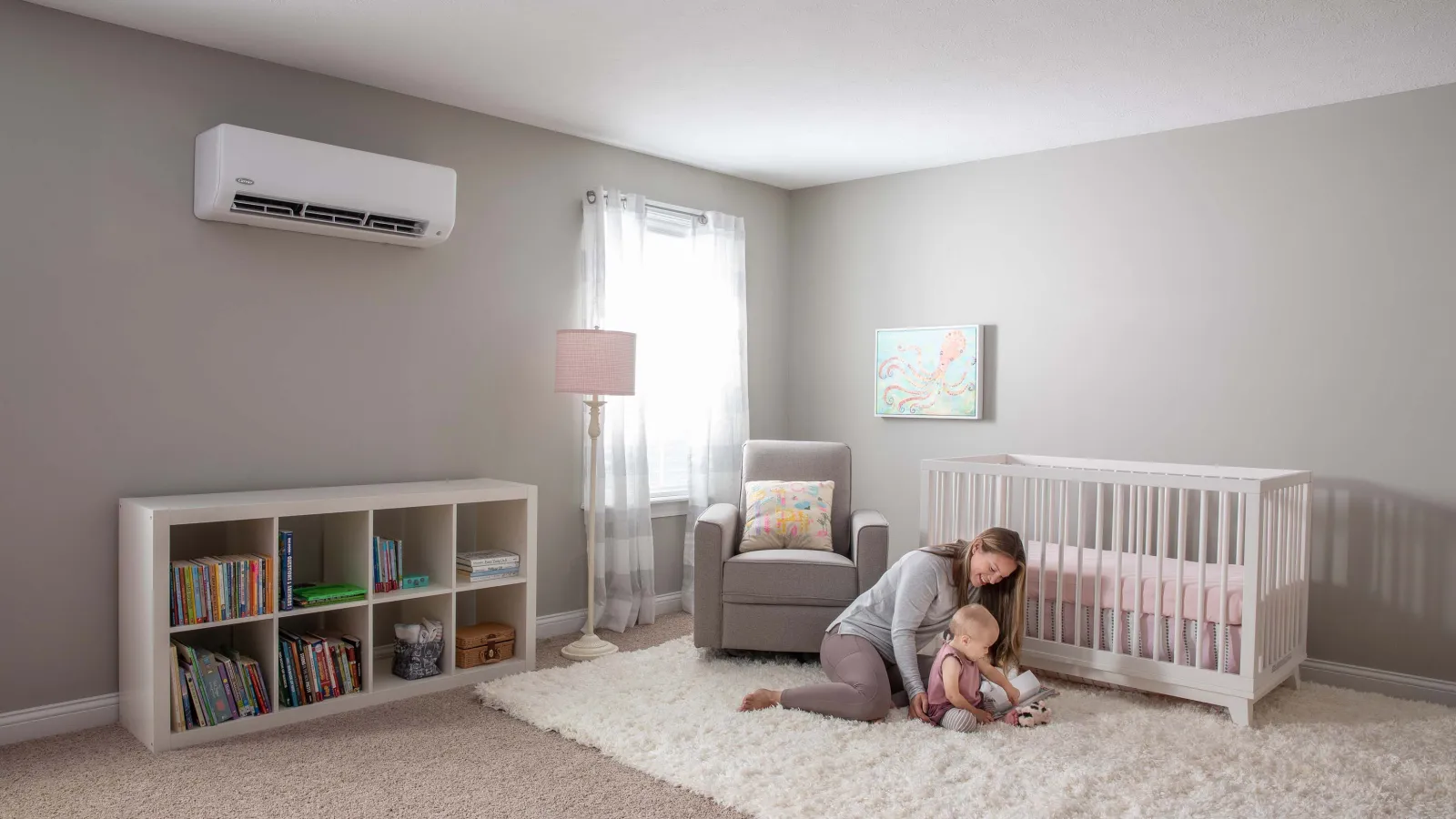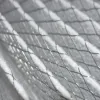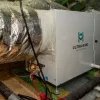We all deserve to breathe clean air. And we especially deserve to breathe clean air in the place where we spend the most time: our home.
Improving indoor air quality, or IAQ, often involves installing special equipment. After covering what we call the “IAQ basics” – sealing (and possibly cleaning) your air ducts, cleaning or replacing air filters, air sealing your crawlspace and attic – there are various options for getting air quality under control:
- Upgrade to a media filter. Compared to standard 1″ pleated filters, a media filter provides better filtration and more surface area for air to pass through.
- Reduce relative humidity (RH) indoors. A whole-house dehumidifier can help here. Lower RH means fewer opportunities for dust mites and mold to proliferate.
- Install UV lights in your HVAC system. These help prevent mold and harmful bacteria from entering your living space.
- Upgrade to a HEPA filter. Some HEPA systems integrate with your ductwork. They include an additional fan to push air through the dense filter media.
- Ventilate right. Mechanical ventilation via a whole-house dehumidifier with fresh air or an ERV pushes out stale, contaminated air.
But what if your situation doesn’t require all that equipment?
Maybe you only need to improve IAQ in a few rooms. Or maybe you don’t have the budget for whole-house HEPA filtration. In some homes, the ductwork simply can’t accommodate a HEPA system.
These are common problems, and they have a common solution: portable HEPA air purifiers. They may be less elegant than systems that integrate with your ductwork – they take up space inside your home, after all – but they work.
And if you choose the right product, it will work very well for a very long time.
There are lots of portable air purifiers out there.
You can even buy them at Wal-Mart. Cheaper ones vary in filtration capabilities, build quality, coverage, and warranty length.
If you’re shopping around for a portable air purifier, be sure to weigh your options based on these criteria:
- Filter quality: Only consider products that contain a real HEPA filter and an activated carbon filter. The HEPA filter captures particulates while the carbon filter removes odors and gases.
- Coverage: How large of an area do you need to filter? If you just need to purify the air in a bedroom, don’t overspend on a product that’s too big. But if you’re trying to improve IAQ for an entire level of your home, you need to find a purifier that’s capable of doing so.
- Personal goals: Are you trying to filter out animal dander? What about VOCs? Or do you have formaldehyde sensitivity? Be on the lookout for air purifiers built for your specific IAQ goals.
And in case you’re wondering, we do have a preferred portable air purifier brand.
We like Austin Air cleaners. Their lineup has something for everyone.
Austin Air also offers excellent build quality, true medical HEPA filters on all units, and a 5-year warranty. If you’re serious about IAQ but don’t want to install ducted equipment due to cost, size, or specific needs, you simply can’t go wrong with an Austin Air air cleaner.
We hired a third party to test the performance of Austin Air’s products. Particulate concentration went from tens of thousands of parts per million (PPM) to under 100 PPM following regular use! In other words, these units are super effective.
Austin Air products are pricier than some portable air purifiers, but they work fantastically and provide long-lasting performance. They’re also much less expensive than a ducted HEPA filtration system.
There are several Austin Air cleaners. To get the most bang for your buck, we recommend:
- Bedroom Machine: Think HEPA, 15 lbs of carbon/zeolite filtration, and a layer of carbon cloth. This is a powerful air purifier that covers up to 1,500 square feet – an entire first or second floor in most homes.
- HealthMate+: This one provides excellent coverage and contains potassium iodide for the removal of formaldehyde. If you’re concerned about formaldehyde or have a sensitivity to it, this is your air purifier.
Austin Air also makes less expensive units for individual rooms or small spaces. Check out their lineup to decide which unit makes the most sense for your home!
Most homes contain polluted air. Air purifiers are an affordable way to solve the problem.
When central heating and air conditioning became standard a few decades ago, we tightened up our houses to keep the conditioned air inside. Doing so was great for HVAC efficiency and temperature control. It made sense.
But it wasn’t so great for indoor air quality.
One drawback of having a tight, air-sealed, insulated, marginally ventilated home (closed windows! ) is the potential for air pollutants to accumulate. The pollutants aren’t being ventilated away, so they stay inside.
Ducted, mechanical filtration and ventilation systems are a fantastic way to solve this problem. But when that’s not feasible, portable units like Austin Air air cleaners are a solid alternative.
You do deserve to breathe clean air inside your home. And you don’t have to spend thousands to get there.






